Today, we're diving into a topic that's always on everyone's mind when planning a trip to Aotearoa, better known as New Zealand: the weather.
With its diverse geography, stretching from subtropical beaches in the North Island to snow-capped alpine ranges in the South, New Zealand's weather is as varied and captivating as the stunning landscapes themselves. This picturesque land of contrasts boasts a climate that shifts significantly from region to region, making it an ideal destination for adventure seekers and nature lovers alike.
In this blog post, we'll take a comprehensive look at the weather patterns and seasonal nuances of this enchanting island nation to help you prepare for your next Kiwi adventure. So, let's dive in and explore what the weather is like in the Land of the Long White Cloud!

New Zealand's Climate Zones
New Zealand's climate is influenced by its diverse geography and location in the Southern Hemisphere. The country can be divided into three main climate zones, each with its distinct weather patterns and characteristics.
1. Subtropical zone (Northland, Auckland):
Found in the northernmost regions of the North Island, the subtropical zone is known for its relatively warm and humid climate. The temperatures in this region are typically mild year-round, with hot and sunny summers and wetter winters. Auckland and Northland experience the warmest weather in New Zealand, making these areas popular destinations for beach activities and water sports.
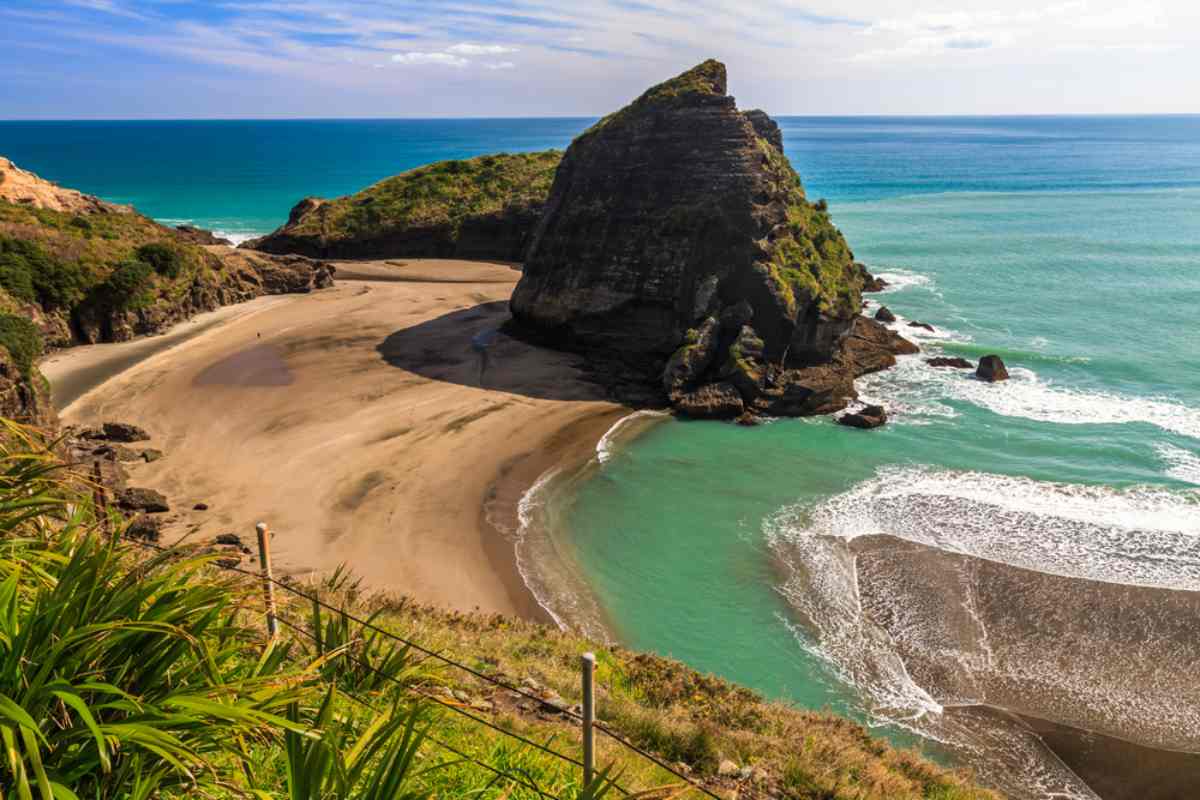
2. Oceanic/temperate zone (central and southern North Island, northern South Island):
The majority of New Zealand's population lives within the oceanic/temperate zone, which covers the central and southern parts of the North Island and the northern portion of the South Island.
This climate zone is characterised by moderate temperatures, with a mix of warm summers and cool winters. The weather can vary greatly within this zone, with coastal regions experiencing milder conditions and more rainfall, while inland areas can have drier and cooler conditions.
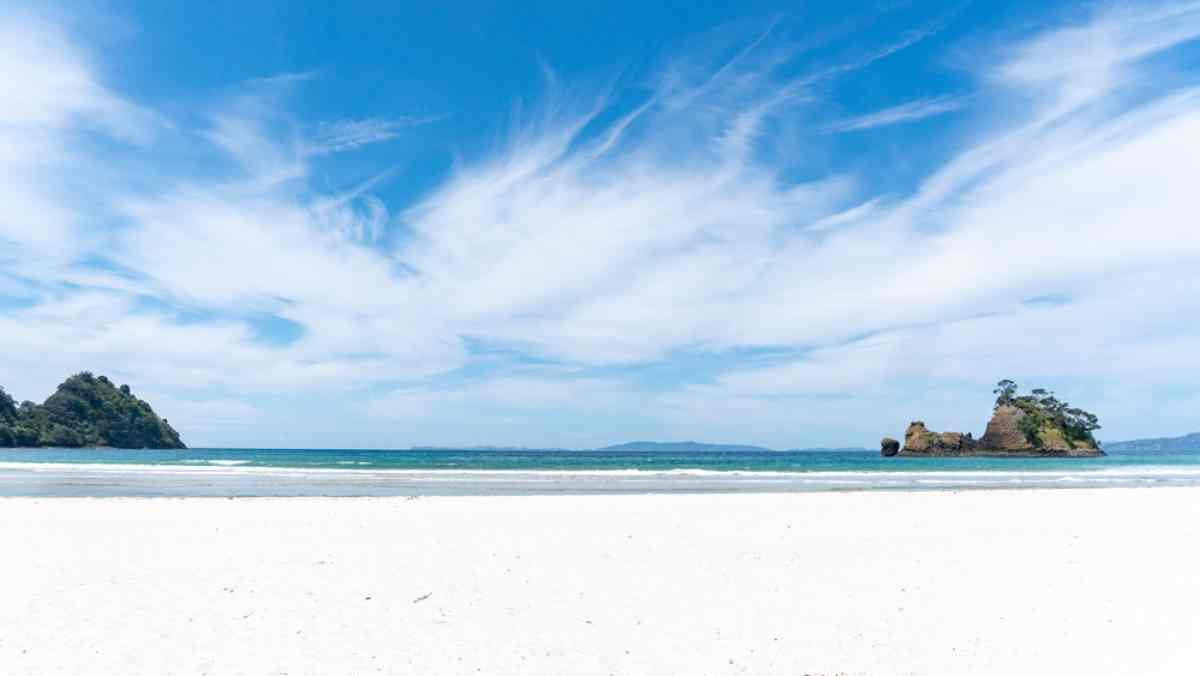
3. Continental/subantarctic zone (southern South Island, alpine regions):
Encompassing the southern regions of the South Island and the high-altitude alpine areas, the continental/subantarctic zone has the most diverse weather conditions in New Zealand.
This zone is marked by colder temperatures and greater seasonal variations, particularly in the alpine regions, where snow and frost are common during the winter months. In the lower-altitude areas of this zone, such as Dunedin and Invercargill, the weather is characterised by cooler summers and chilly, sometimes snowy, winters.
Each climate zone in New Zealand offers unique weather experiences and natural attractions, catering to a wide range of preferences and outdoor activities. No matter which part of the country you choose to explore, you'll be captivated by the beauty and variety of the New Zealand weather.
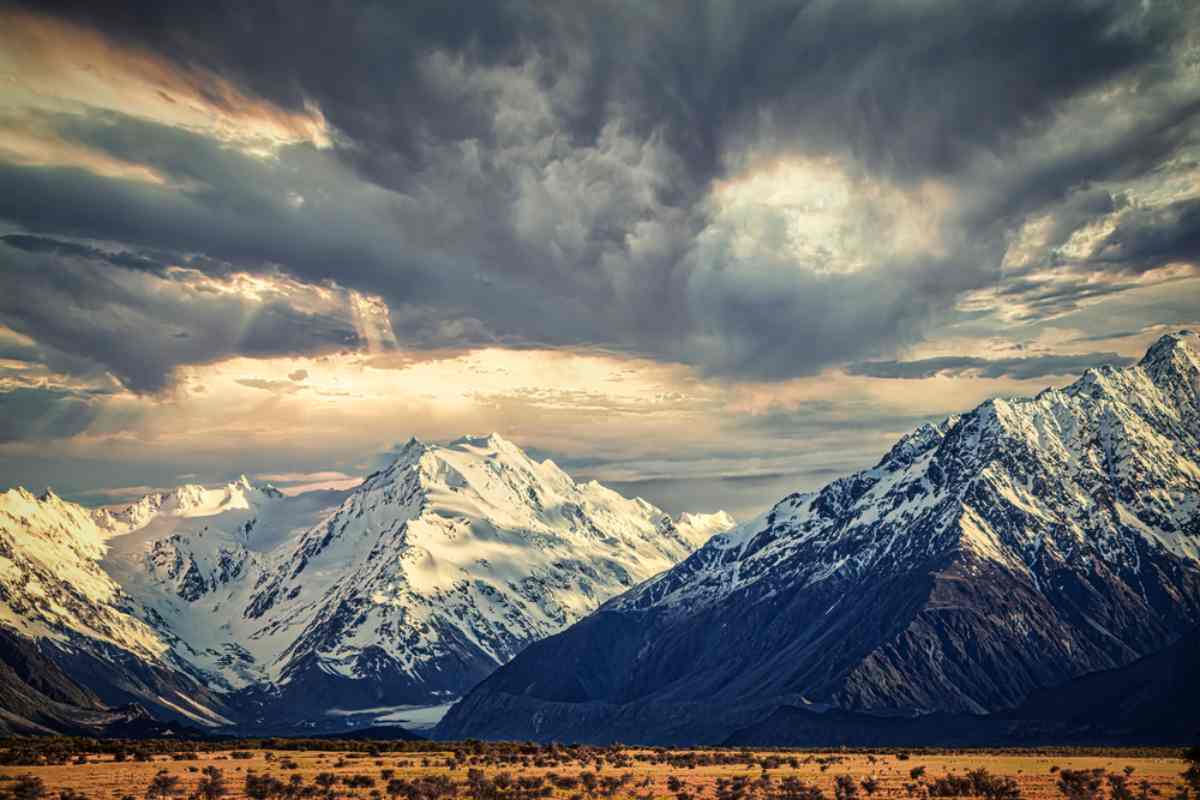
Weather Patterns in New Zealand's Four Seasons
New Zealand experiences four distinct seasons, each with its unique weather patterns and characteristics. The country's location in the Southern Hemisphere means that the seasons are reversed from those in the Northern Hemisphere. Here's an overview of what to expect during each season in New Zealand:
Summer (December to February)
Summer in New Zealand brings warm, sunny weather that's perfect for outdoor activities and beach fun. Temperatures range from 20°C to 30°C (68°F to 86°F), with the warmest weather typically found in the subtropical zone.
Long daylight hours make it an ideal time for sightseeing, hiking, swimming, and attending outdoor festivals. Keep in mind that UV radiation is high during the summer months, so sun protection is essential.
.jpg)
Autumn (March to May)
Autumn in New Zealand offers a mild transition between summer and winter, with temperatures generally ranging from 10°C to 25°C (50°F to 77°F).
The foliage starts to change, painting the landscapes with vibrant shades of red, orange, and yellow. Occasional rain showers are possible, especially in the oceanic/temperate zone, but cooler nights and crisp, sunny days make it an excellent season for hiking, cycling, and wine tasting.
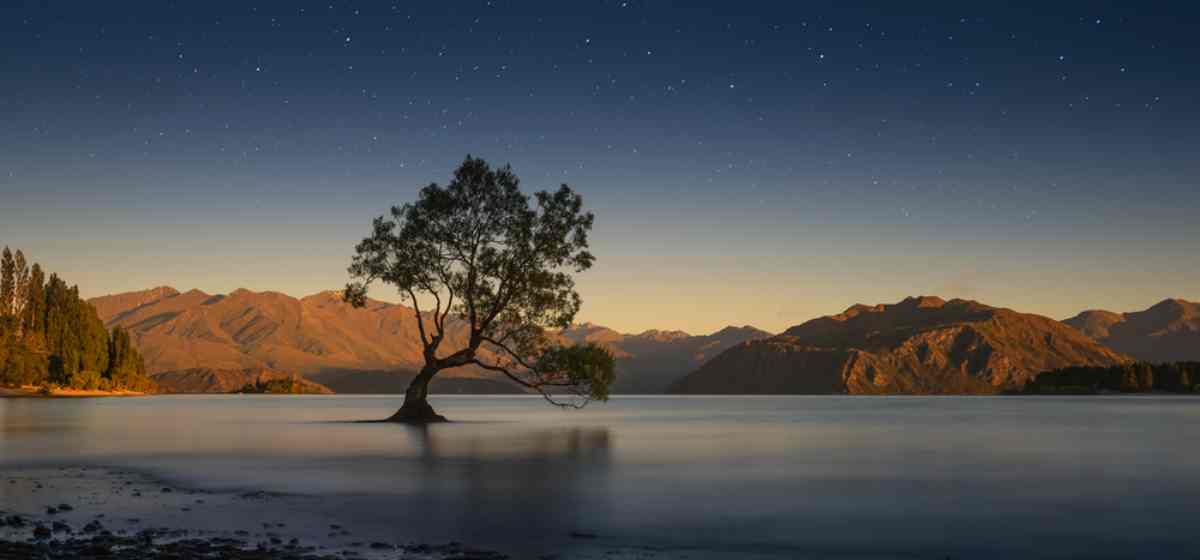
Winter (June to August)
Winter in New Zealand can be cold and wet in some regions, with temperatures ranging from 0°C to 15°C (32°F to 59°F). The coldest conditions are found in the continental/subantarctic zone, where snowfall is common in the alpine regions and higher altitudes.
Skiing and snowboarding opportunities are abundant in popular mountain destinations such as Queenstown and Wanaka. In the North Island, while snow is less common, indoor activities and geothermal hot pools offer delightful ways to stay warm and cozy.
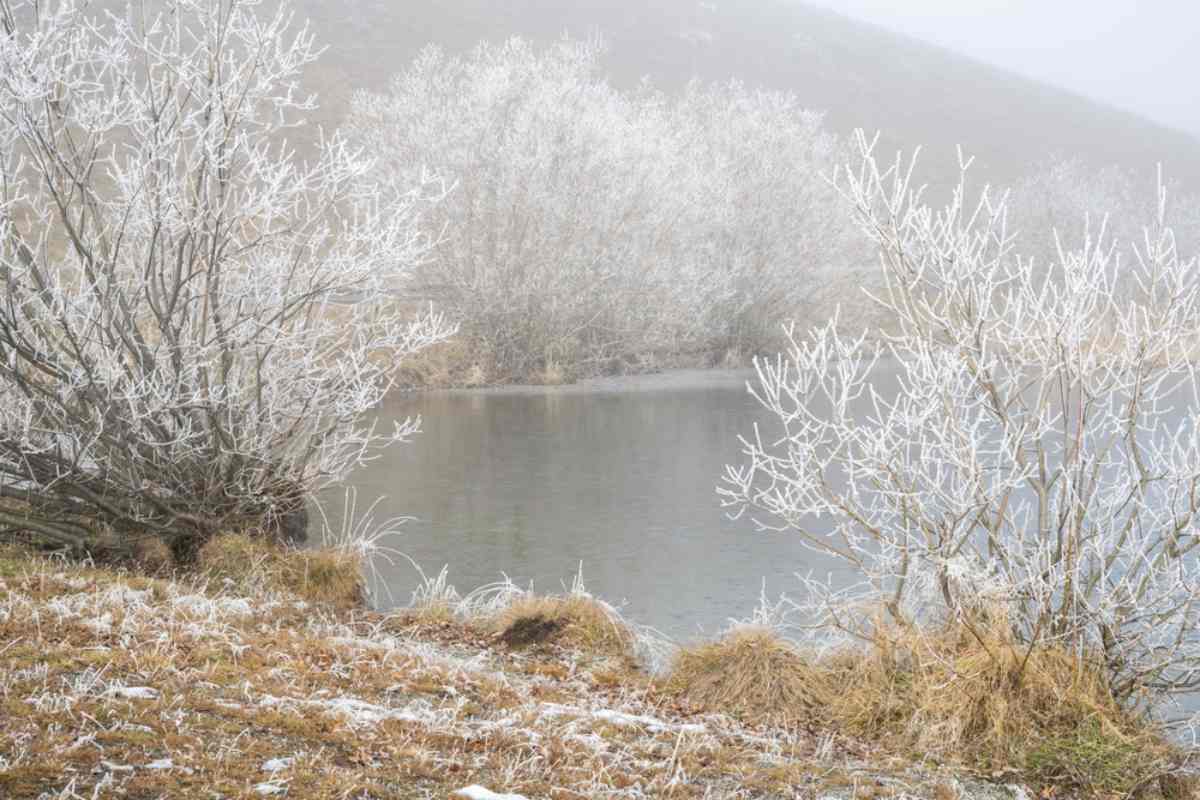
Spring (September to November)
Spring brings a gradual increase in temperatures and daylight hours, with temperatures typically ranging from 10°C to 20°C (50°F to 68°F). This season sees nature in full bloom, with gardens, parks, and landscapes adorned with colorful flowers and lush greenery.
Spring can be unpredictable, with some rainfall and the occasional late frost, but it's also the perfect time for outdoor adventures like hiking, wildlife watching, and exploring the stunning spring blossoms at various festivals.
New Zealand's four seasons each offer their unique charm, and the weather patterns within each season can vary significantly depending on the region you're visiting. Make sure to plan your activities and pack appropriately based on the specific climate of the areas you plan to explore.

Regional Weather Variations
New Zealand's diverse geography and climate zones result in significant regional weather variations across the country. While the three climate zones provide a general overview of the weather patterns, specific regions can have their unique characteristics. Here are some examples of regional weather variations in New Zealand:
A. North Island:
1. Auckland and Northland:
Situated in the subtropical zone, Auckland and Northland experience warmer and more humid weather compared to the rest of the country. Summers can be hot and sunny, while winters are generally mild with more rainfall. Coastal areas in these regions are popular for beach activities, surfing, and sailing.
2. Wellington:
The capital city, Wellington, is famous for its strong winds, earning the nickname 'Windy Welly.' Situated in the oceanic/temperate zone, Wellington has a moderate climate with cool winters and mild summers. The wind can make it feel colder than the actual temperature, so be prepared with appropriate clothing if you're visiting this lively city.

B. South Island:
1. Christchurch:
Located on the east coast of the South Island, Christchurch experiences a drier and more temperate climate. Summers are warm and sunny, with cool evenings, while winters can be cold with occasional snowfall. Rainfall is generally lower than in other parts of the country, making Christchurch an excellent destination for outdoor pursuits and sightseeing.
2. Queenstown:
Queenstown, a popular resort town in the South Island, has an alpine climate due to its location near the Southern Alps. Summers are cooler, with temperatures ranging between 10°C and 25°C (50°F and 77°F), while winters can be cold, with temperatures dropping below freezing and regular snowfall. This picturesque town is a hub for adventure activities, including skiing and snowboarding during the winter months.

3. West Coast:
The West Coast of the South Island, including towns like Greymouth and Hokitika, is known for its high rainfall and lush rainforests. The region's oceanic climate is heavily influenced by prevailing westerly winds, which bring moisture-laden air from the Tasman Sea. As a result, the West Coast receives more rain than other parts of the country, providing ideal conditions for the thriving temperate rainforests that define the area.
These regional weather variations contribute to the unique experiences that New Zealand has to offer. When planning your trip, consider the specific weather patterns of the regions you'll be visiting, and be prepared for a wide range of conditions to make the most of your journey through this beautiful island nation.
Tips for Visitors: Preparing for New Zealand's Weather
When visiting New Zealand, it's essential to be well-prepared for the diverse and often changeable weather conditions. The following tips can help you make the most of your trip, regardless of the season or region you choose to explore:
1. Dress in layers:
One of the best ways to adapt to New Zealand's unpredictable weather is by dressing in layers. Opt for a moisture-wicking base layer, an insulating middle layer, and a waterproof outer layer. This approach allows you to easily adjust your clothing to stay comfortable as temperatures and conditions change throughout the day.
2. Pack for various regions and seasons:
When packing for your trip, consider the specific regions and the season you'll be visiting. For summer, bring light clothing, sun protection (hat, sunglasses, sunscreen), and a light jacket for cooler evenings.
For winter, pack warm clothing, including thermals, insulated jackets, and waterproof boots, especially if you plan to explore alpine areas or engage in snow sports. In spring and autumn, bring a mix of light and warm clothing, as well as a waterproof jacket, as the weather can be more unpredictable during these seasons.

3. Stay informed with local weather forecasts:
New Zealand's weather can change quickly, so it's essential to stay informed about local weather forecasts. Check the weather updates for the regions you plan to visit and adjust your plans accordingly. Websites like MetService provide reliable and up-to-date information on weather conditions across the country.
4. Be prepared for wet weather:
Rain is a common feature of New Zealand's weather, especially in the oceanic/temperate zone and the West Coast region. Pack a lightweight, waterproof rain jacket and an umbrella to stay dry during unexpected rain showers.
5. Don't forget the essentials:
Regardless of the season or region, there are a few essential items to pack for your New Zealand adventure, including comfortable and sturdy walking shoes, a reusable water bottle, a hat, and insect repellent, especially for areas with sand flies.
By following these tips and being prepared for New Zealand's weather, you can ensure that you have an enjoyable and comfortable experience while exploring this breathtakingly beautiful country.

New Zealand's weather in a nutshell
In conclusion, New Zealand's diverse and captivating weather patterns make it an extraordinary destination for travellers seeking unique experiences in a stunning natural setting. From the subtropical warmth of the North Island to the snow-capped mountains and temperate rainforests of the South Island, the Land of the Long White Cloud offers a plethora of breathtaking landscapes, outdoor adventures, and unforgettable memories.
Embrace the country's dynamic weather and be prepared for the unexpected by dressing in layers, packing appropriately for each region and season, and staying informed with local weather forecasts. As you venture across this enchanting island nation, you'll be captivated not only by its picturesque landscapes but also by the ever-changing beauty and variety of New Zealand's weather.
No matter the season or the region, there's always something to marvel at and appreciate in Aotearoa. We hope this comprehensive guide to New Zealand's weather helps you plan and enjoy an unforgettable Kiwi adventure.

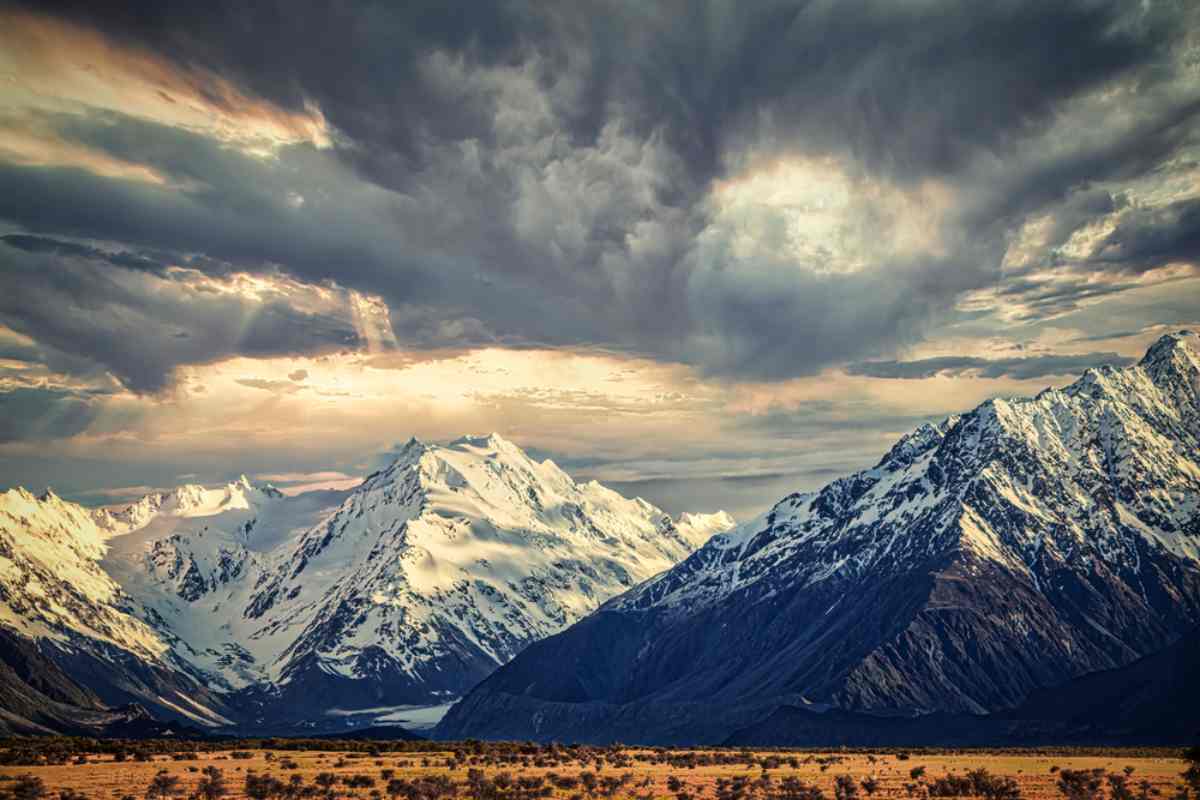
 By
By








